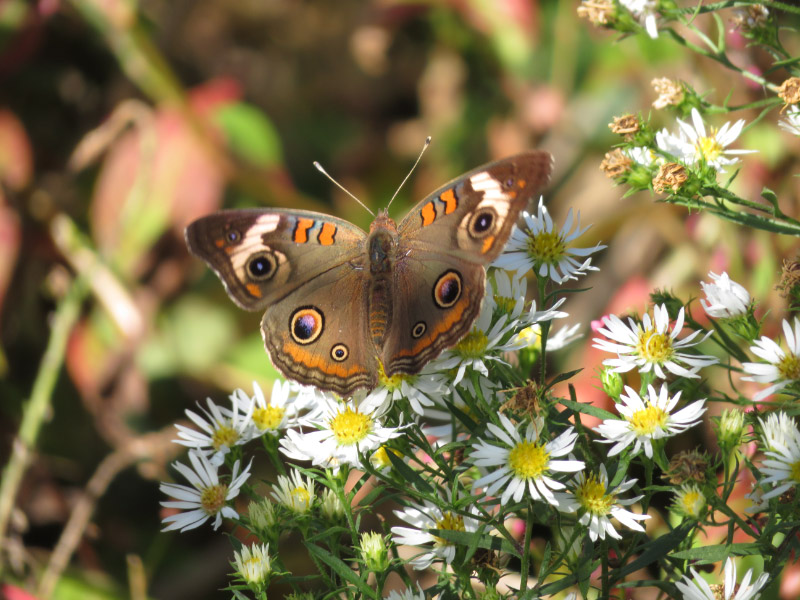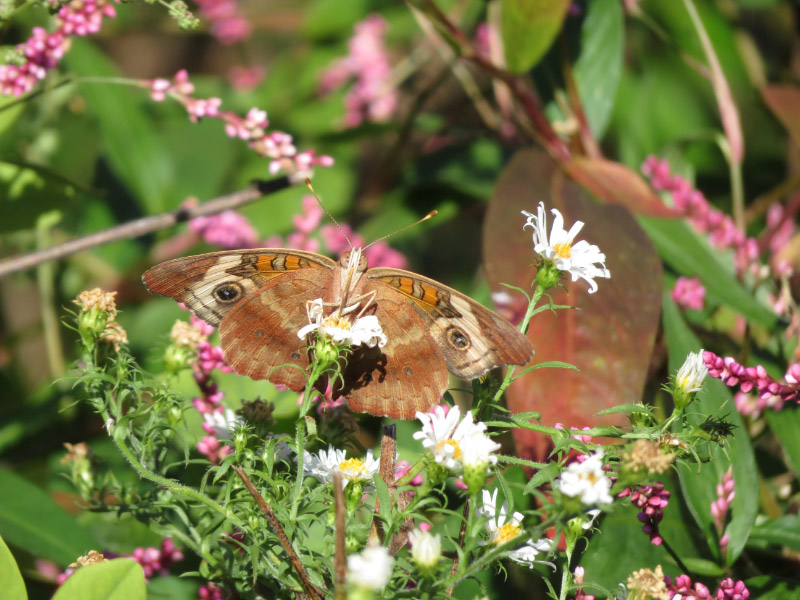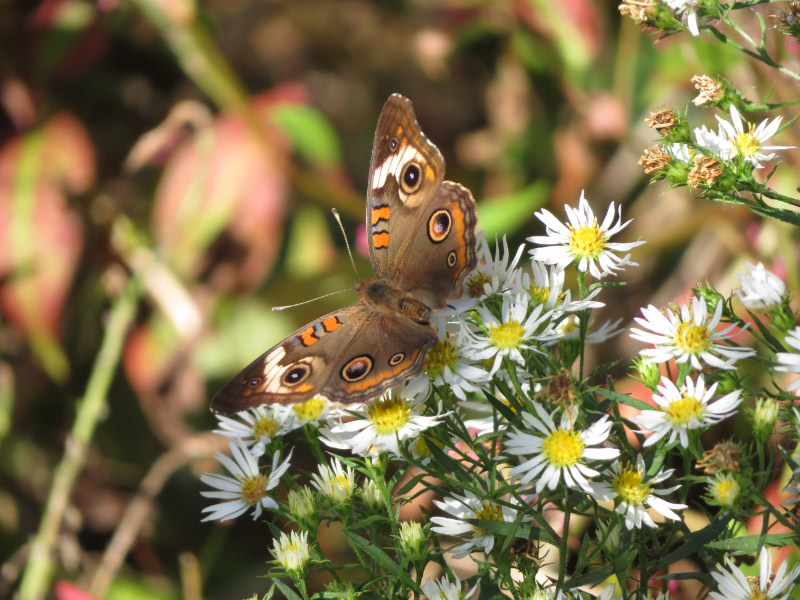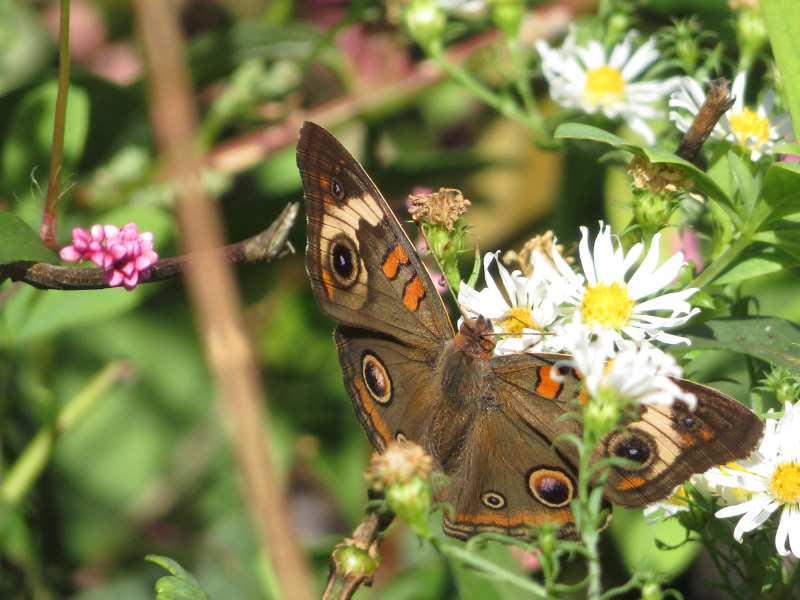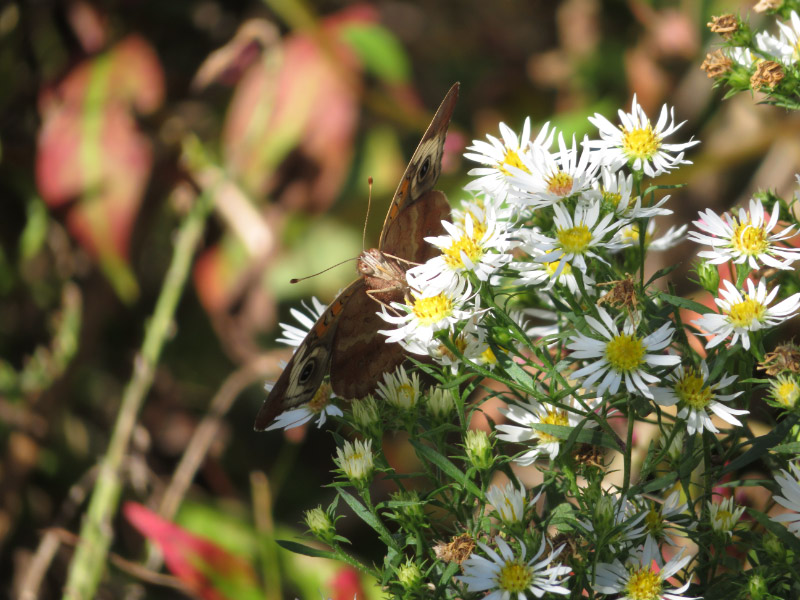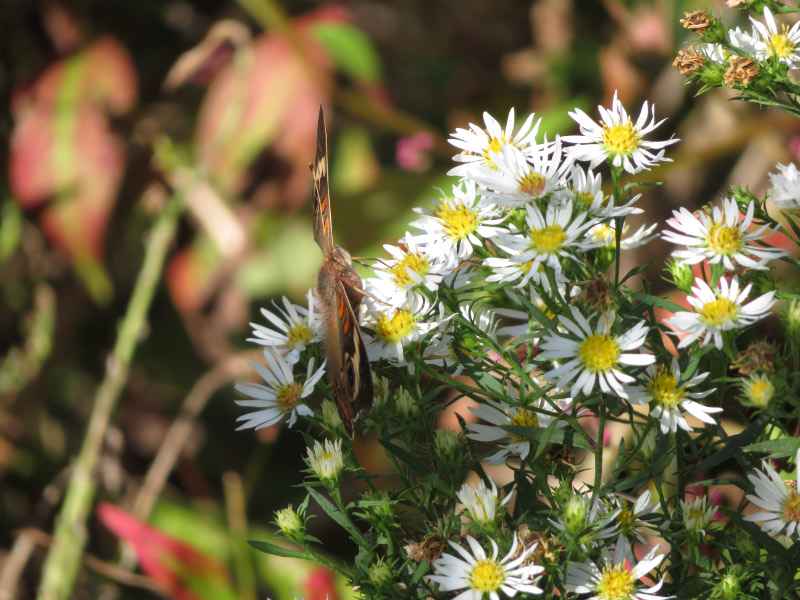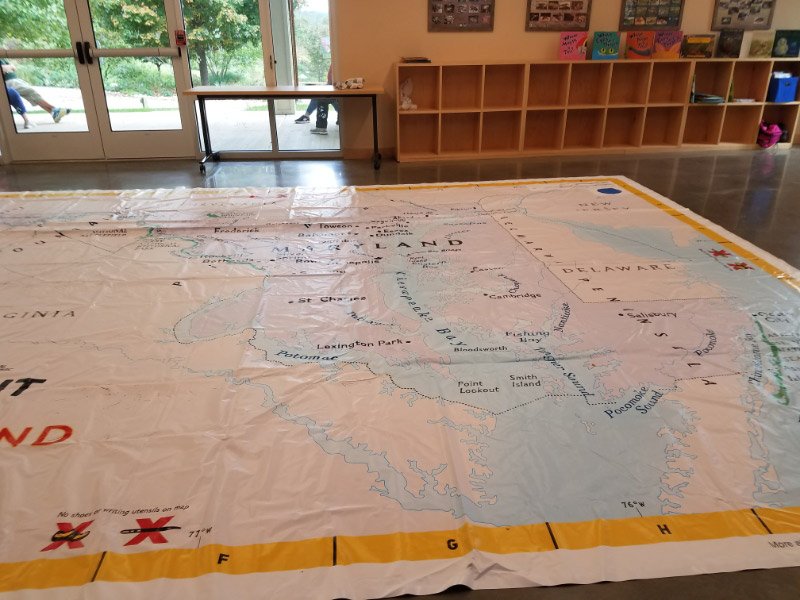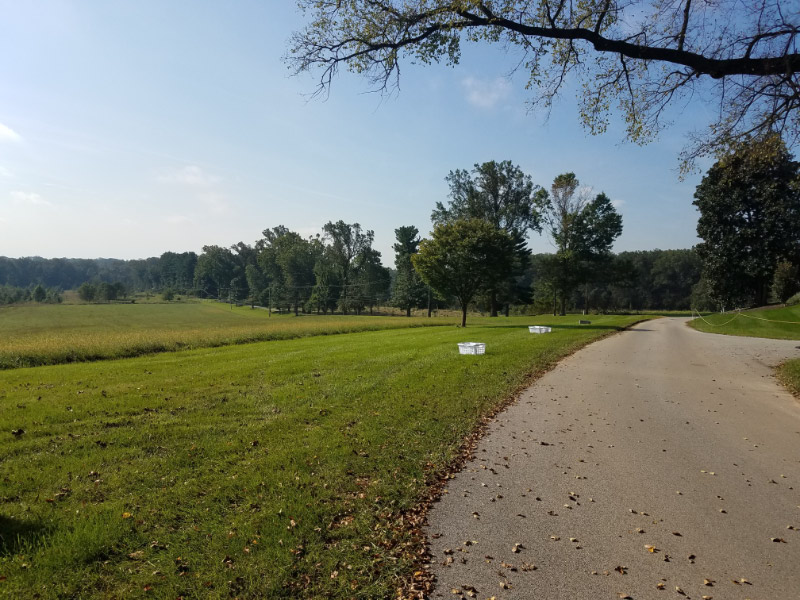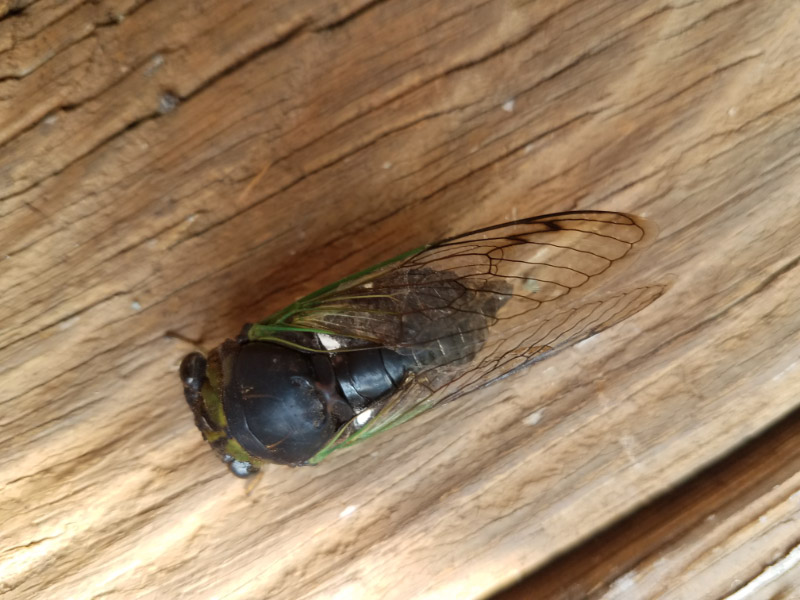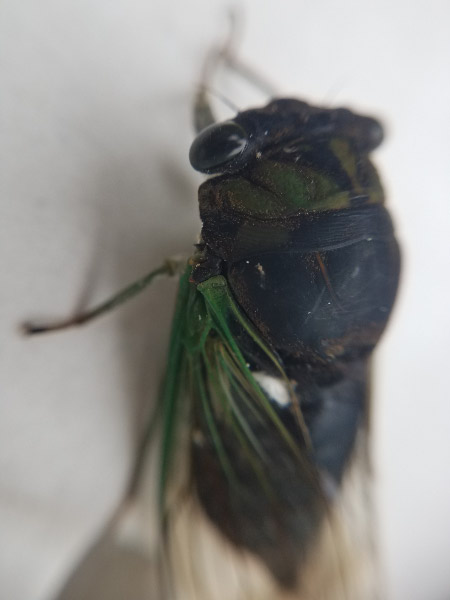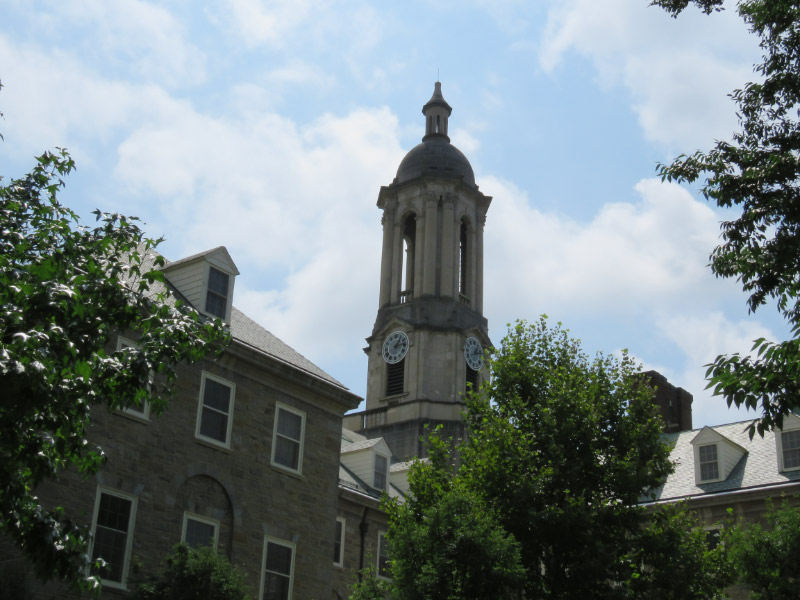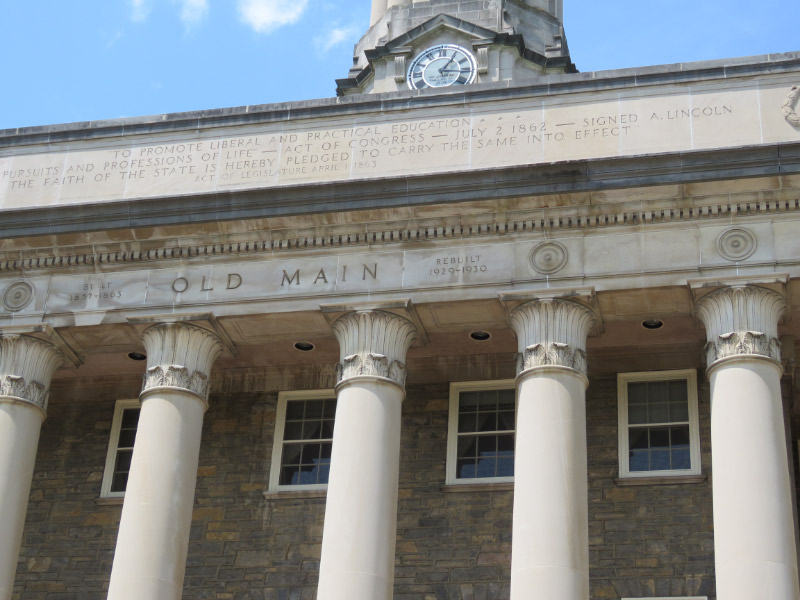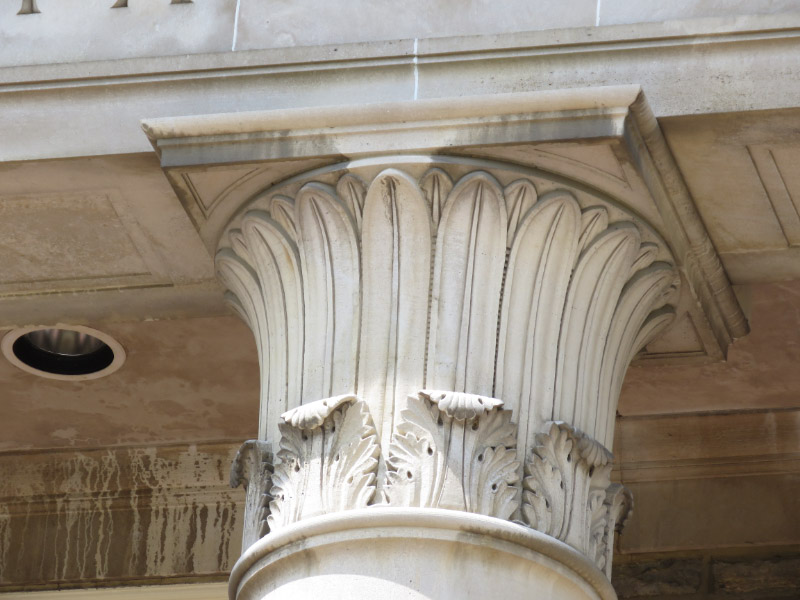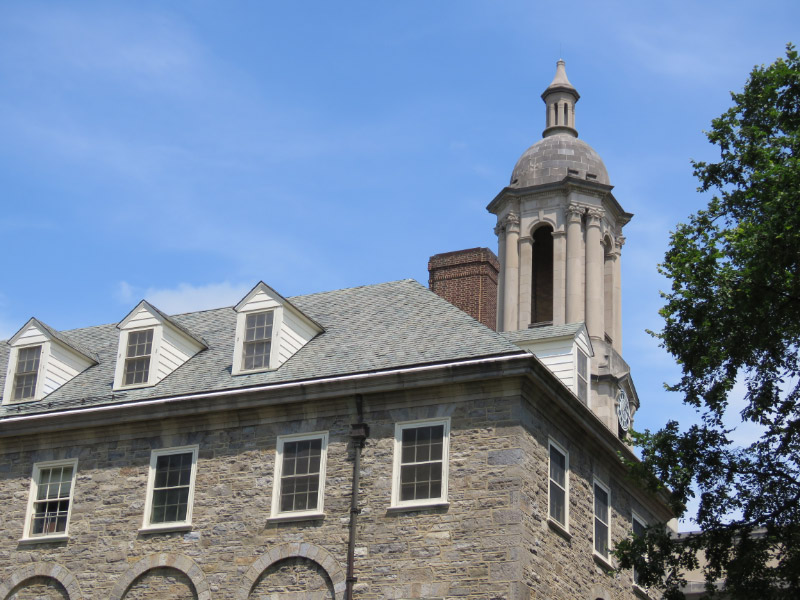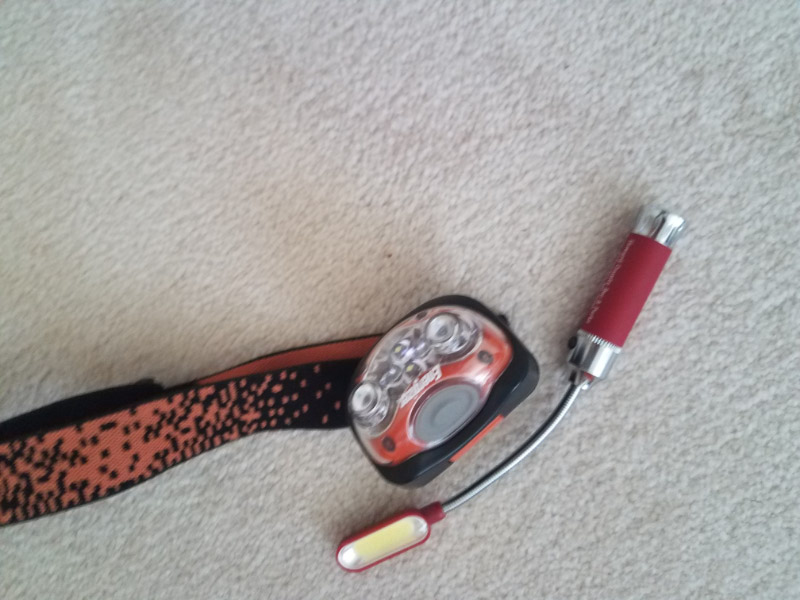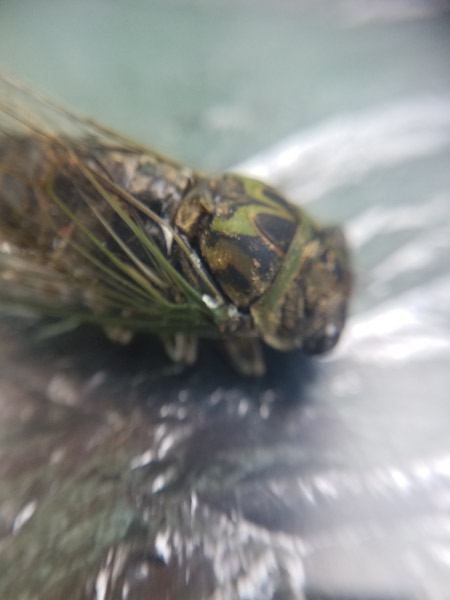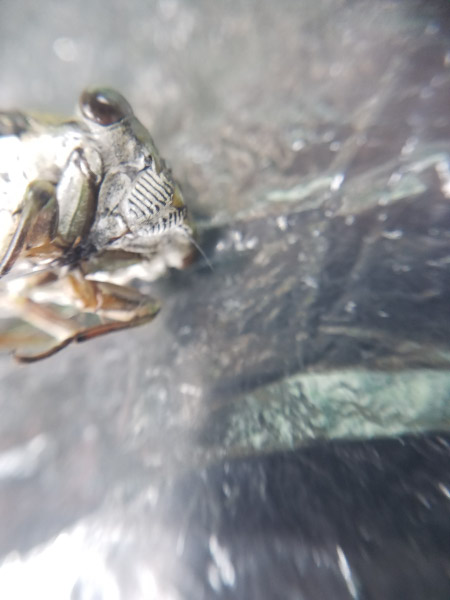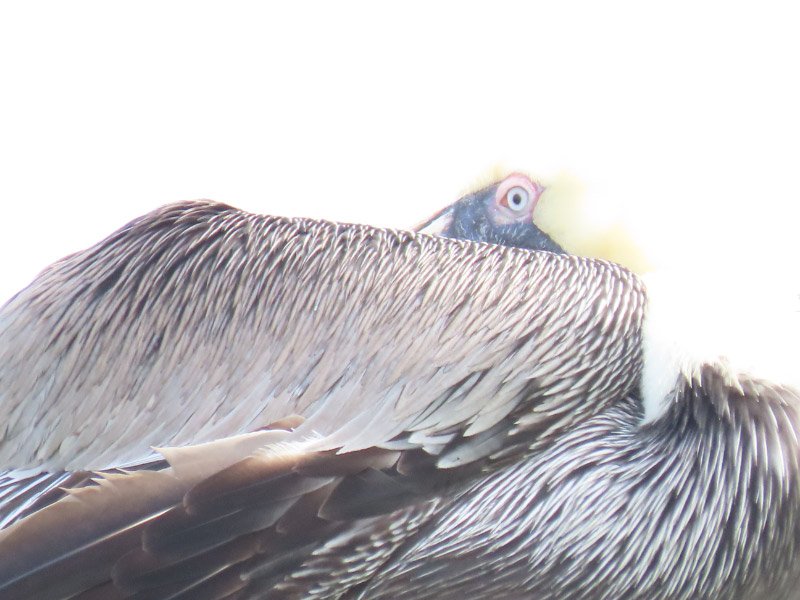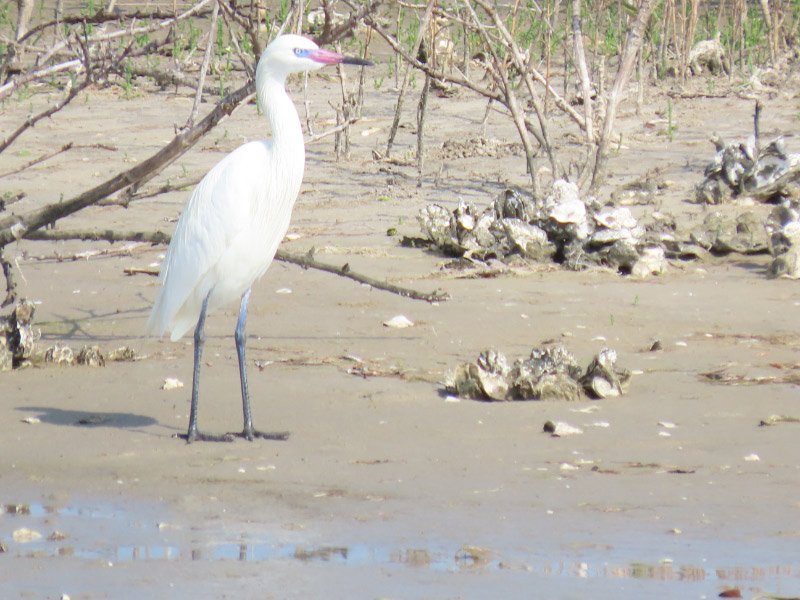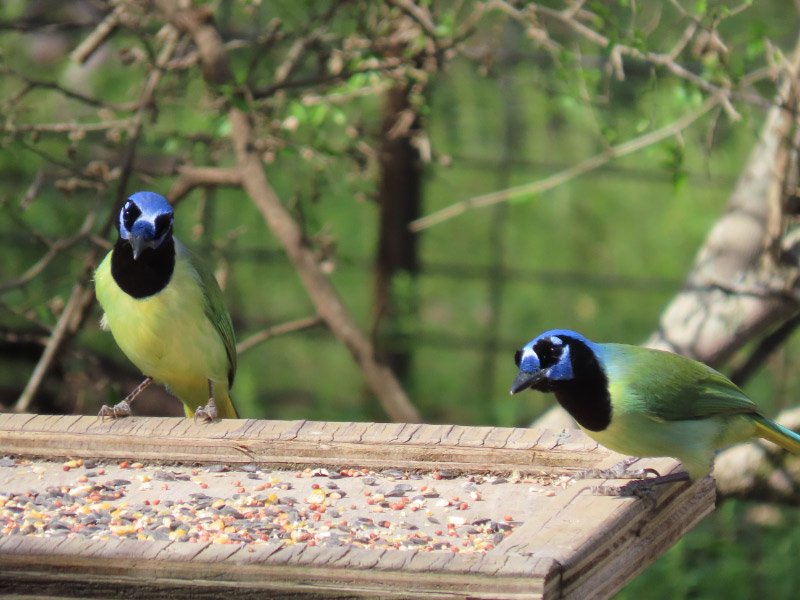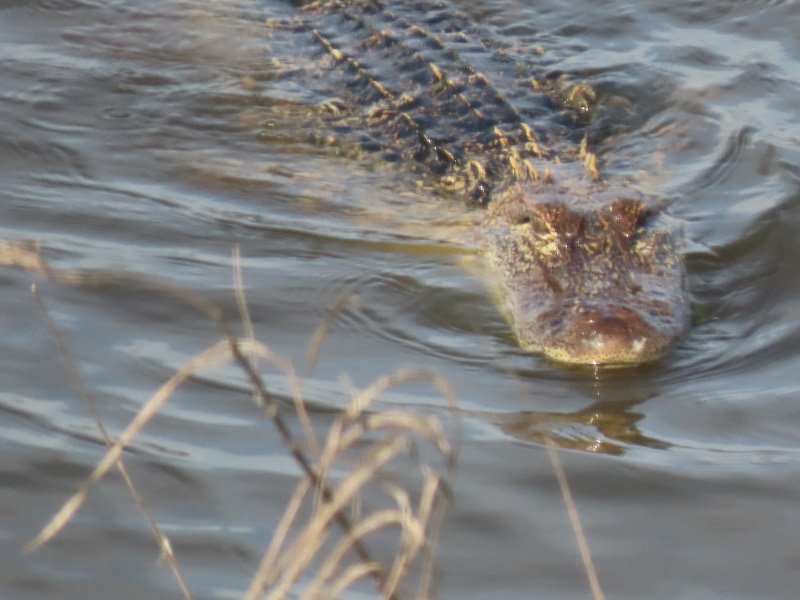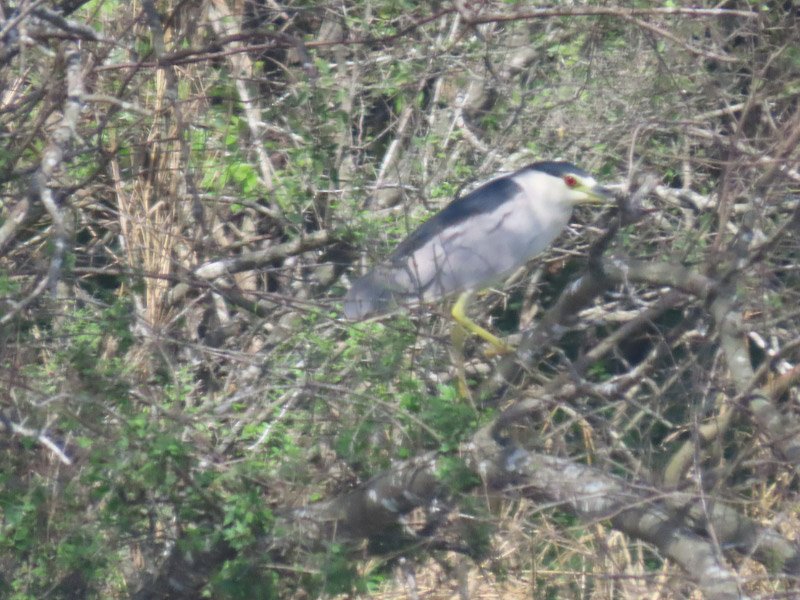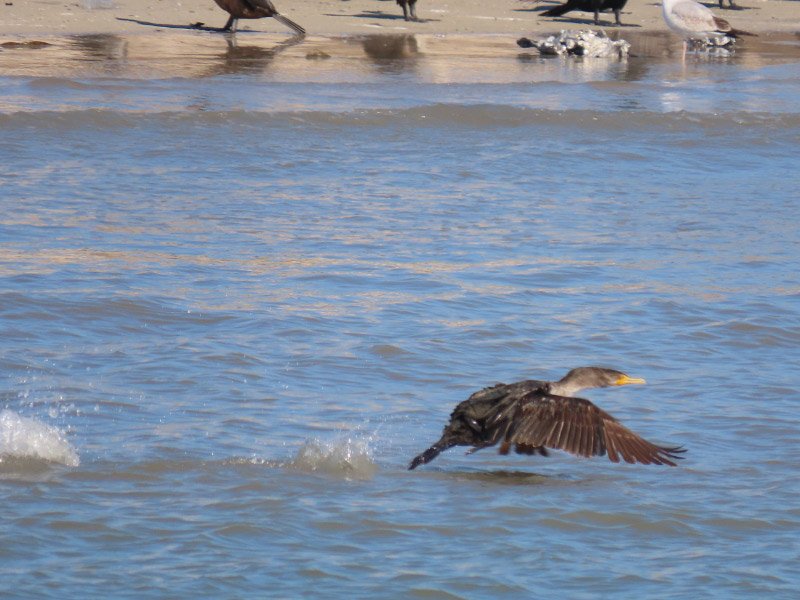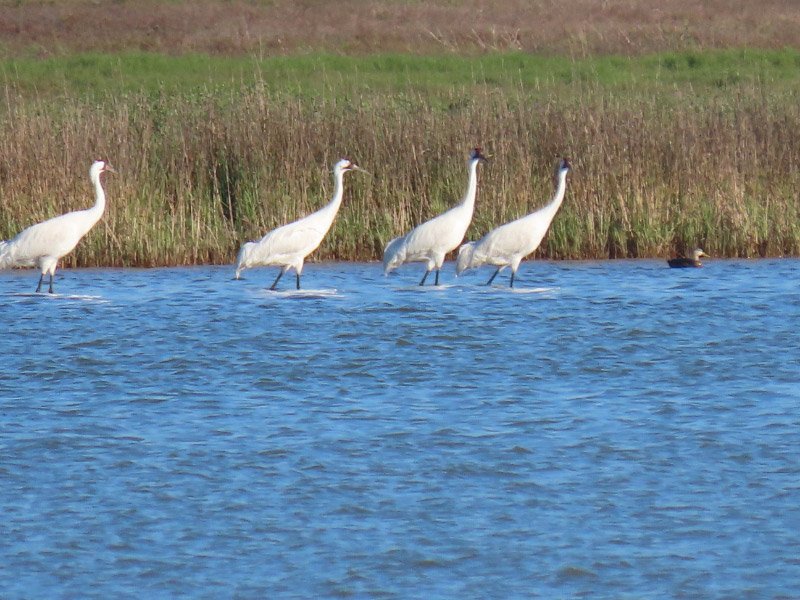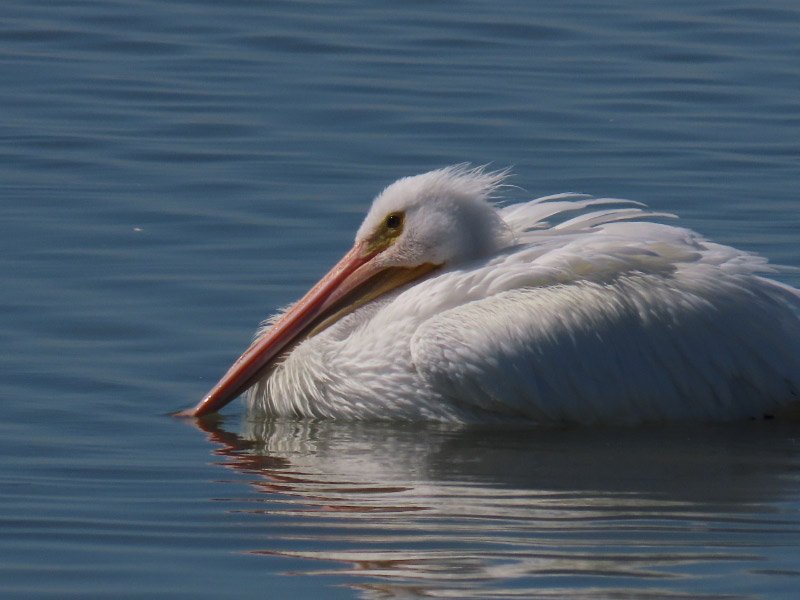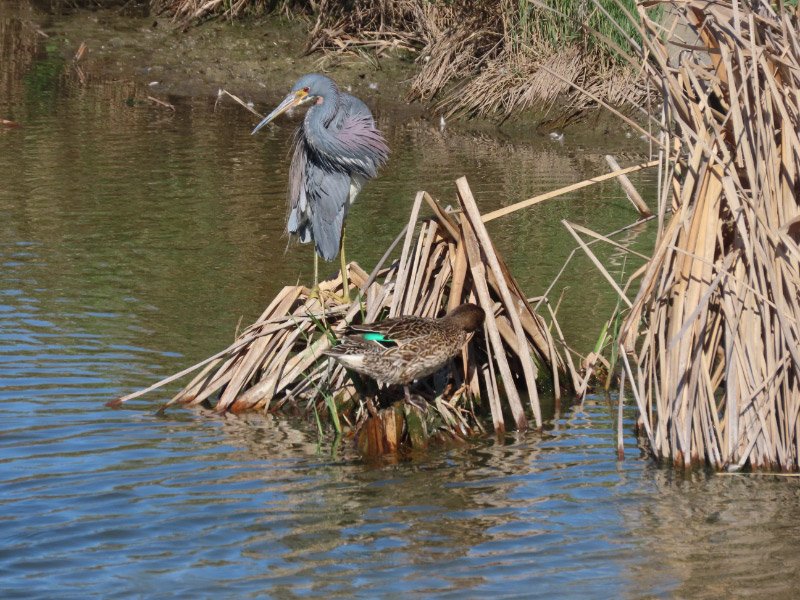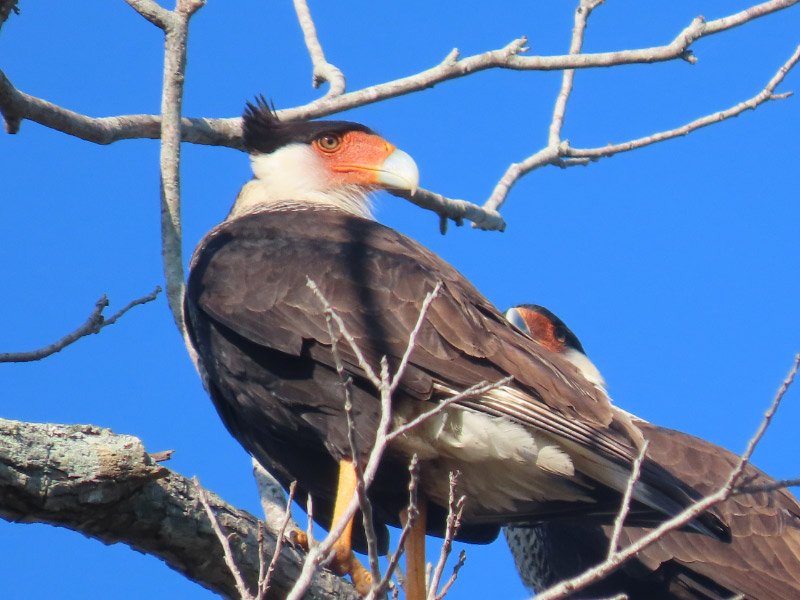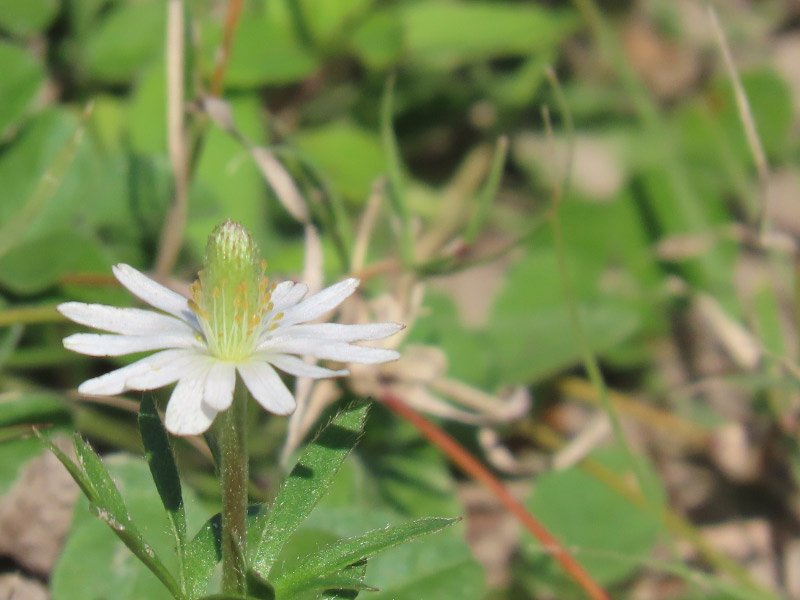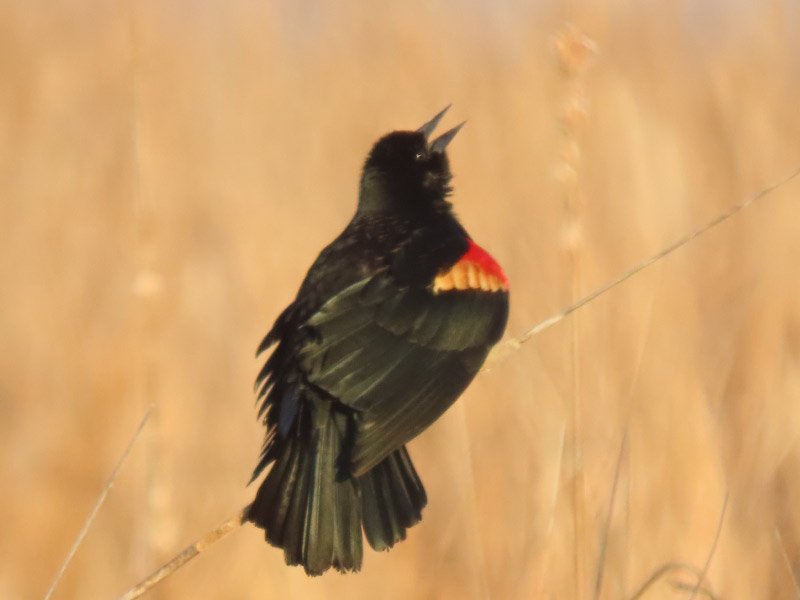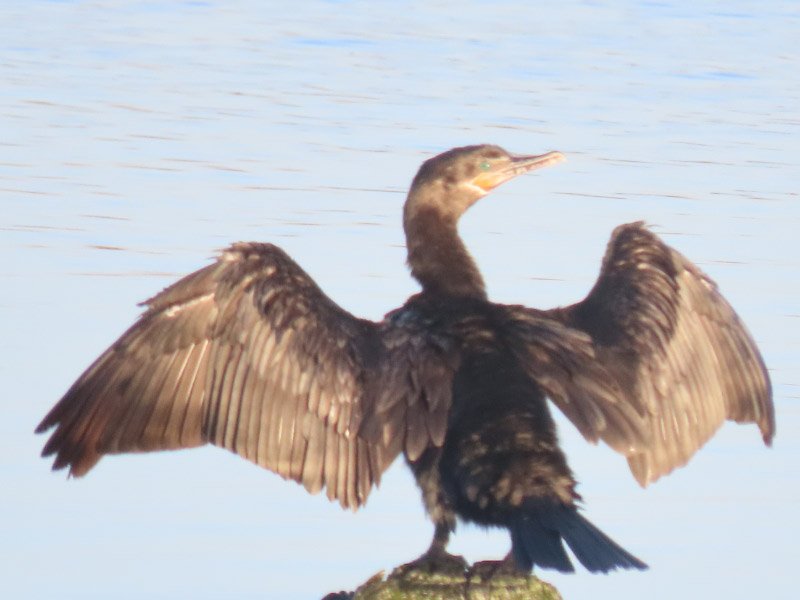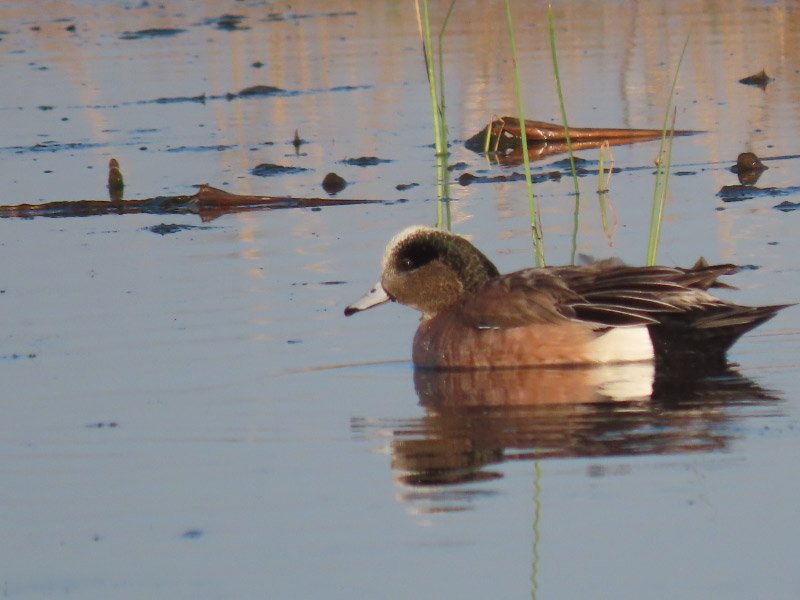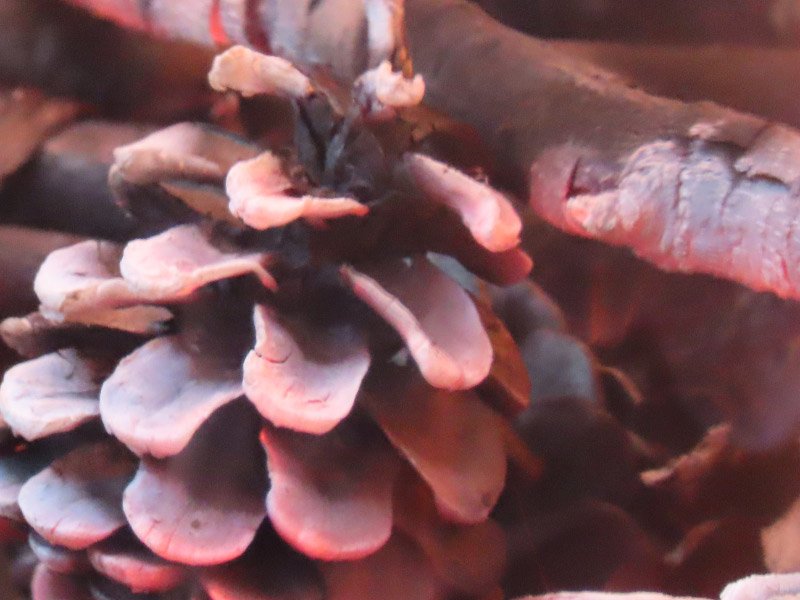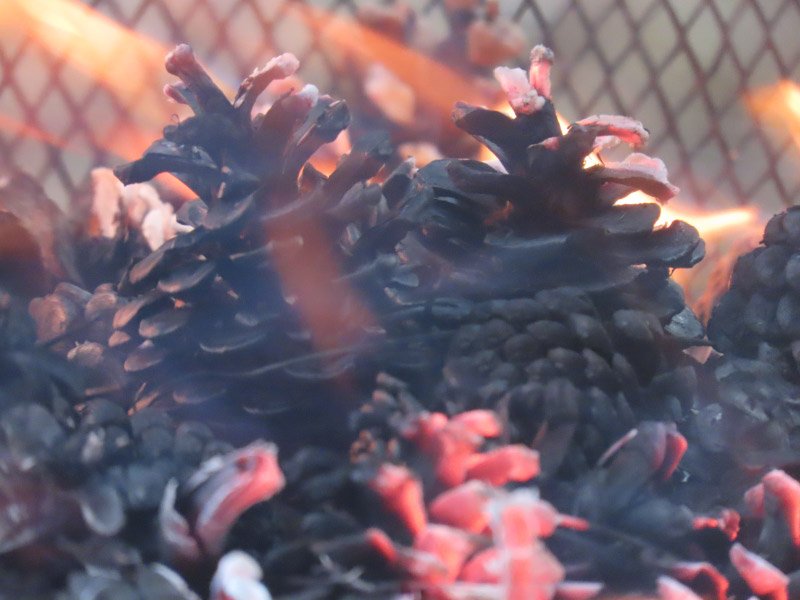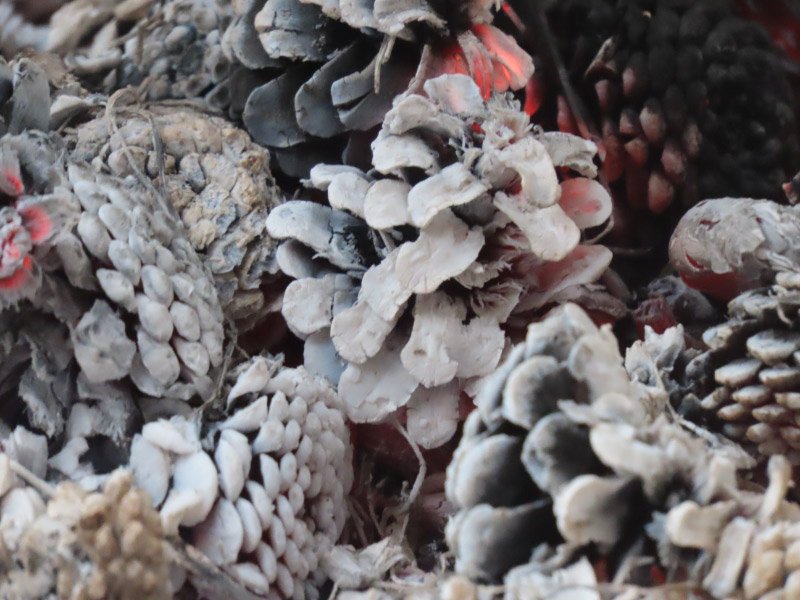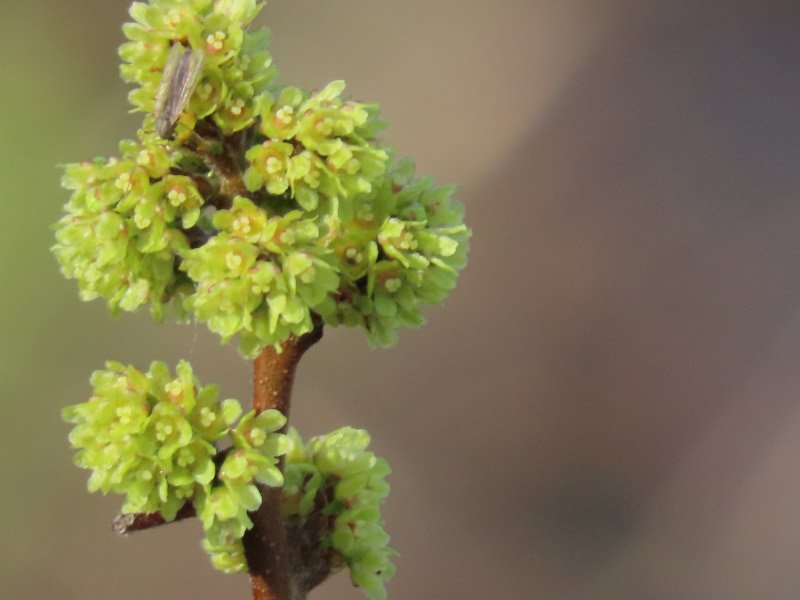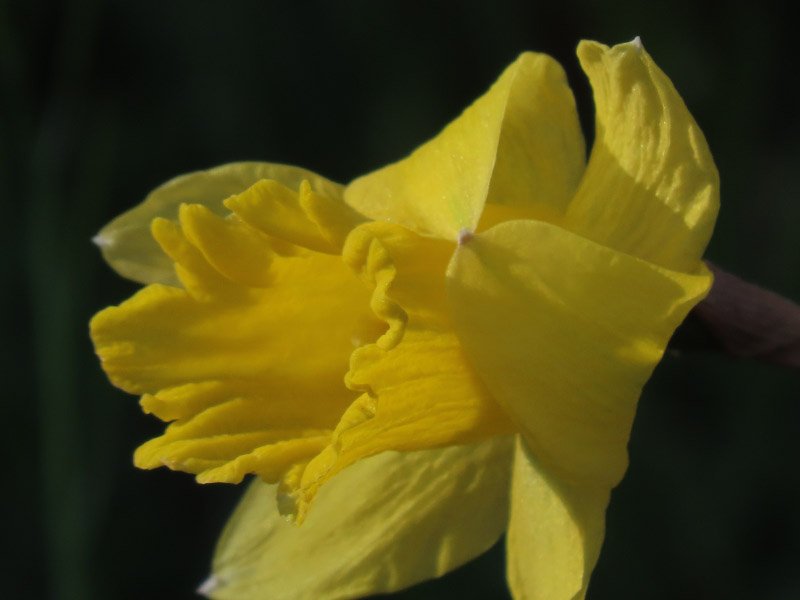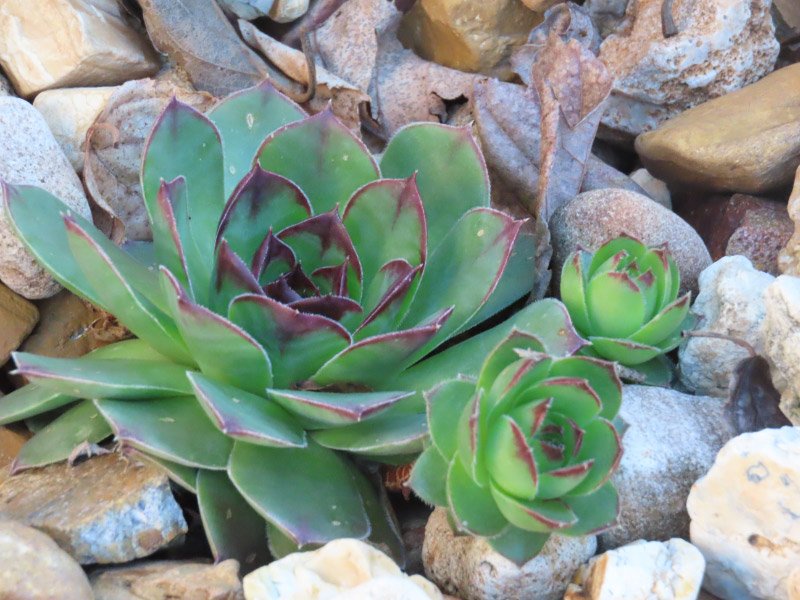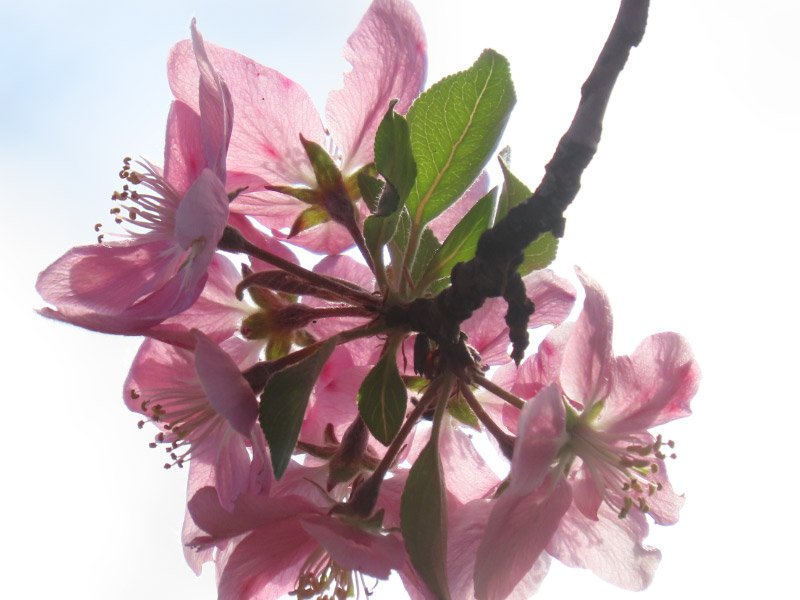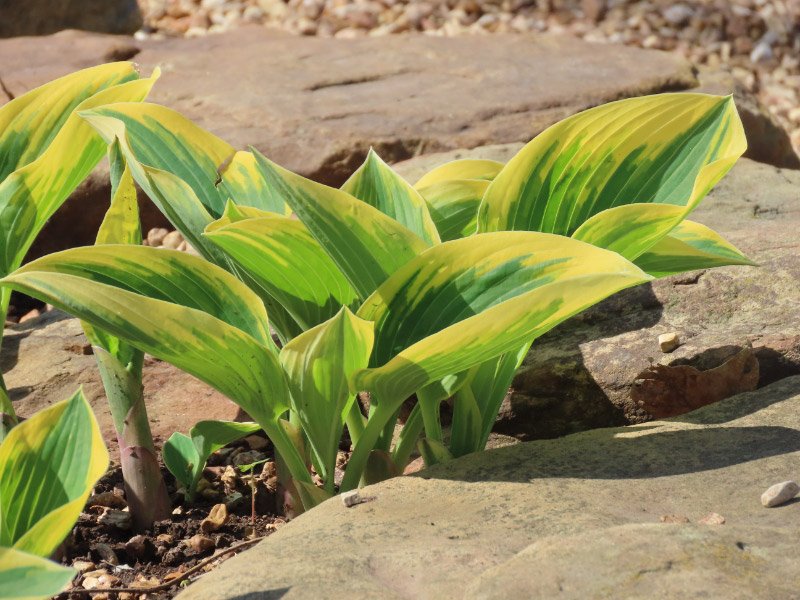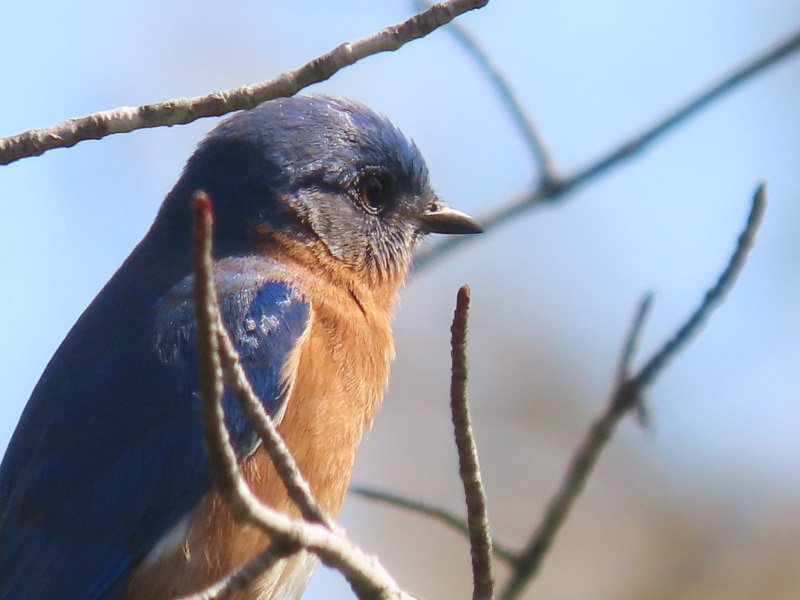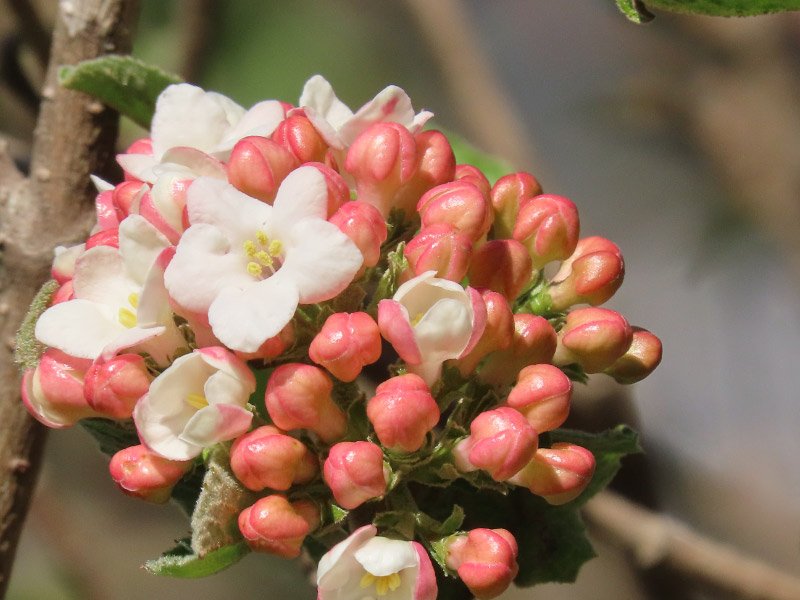Gleanings of the Week Ending November 24, 2018
/The items below were ‘the cream’ of the articles and websites I found this past week. Click on the light green text to look at the article.
Drug pollution concentrates in stream bugs, passes to predators in water and on land: Animals that eat insects in or near streams at risk of being dosed with pharmaceuticals -- ScienceDaily – Wow – the existence of macroinvertebrates in our local rivers is an indicator of water quality (the focus of the field trips with high schooler’s I’ve been doing in recent years) but those same macroinvertebrates are probably getting a healthy dose of pharmaceuticals from the water…the fish that eat them act as concentrators….and some of those fish are eaten by people. I hope reserarchers in the US are doing similar studies to the one described in this article. It would also be good if pharmaceutical companies would develop drugs that were not excreted in a still active form.
Top 25 Wild Bird Photographs of the Week: Flocks – National Geographic Blog and Top 25 Wild Bird Photographs of the Week: Seed Eating Birds – National Geographic Blog – Two bird photograph collections for this week’s gleanings. Enjoy!
RIP Kepler: NASA’s exoplanet-hunting space telescope is finally dead - MIT Technology Review – The Kepler mission that discovered 2,662 exoplanets in our galaxy finally ran out of fuel. There is already a new satellite picking up the mission and the James Webb Space Telescope will launch in 2021.
Premature Birth Report Cards | March of Dimes – Only one state gets an ‘A’ – and many areas of the country are getting worse when it comes to premature births.
High levels of previously unsuspected pollutant uncovered in homes, environment -- ScienceDaily – An organophosphate that is known to be toxic was a surprise find in household dust…more study needed on its impact on humans that live with it at that level. The chemical is used as a flame retardant or plasticizer in consumer products…and may also form as other chemicals degrade.
Wildlife Populations Have Shrunk by 60 Percent Since 1970 | The Scientist Magazine® - The impact of less and less space for habitat for any species other than those directly related to humans.
BBC - Future - Why the flu of 1918 was so deadly – There have been flu strains that have been just as contagious as the 1918 strain…but none as deadly.
Infographic: What Makes a Brain Smart? | The Scientist Magazine® - There are several models that are being studied.
11 Wildly Colored Moths to Brighten Your Day – Cool Green Science – Most of our moths are in cocoons for the winter. There are several of these that I’ve seen on Maryland…will be looking for them next spring.
Owls help scientists unlock secret of how the brain pays attention -- ScienceDaily – A study using barn owls to figure out how the brain chooses what most deserves attentions.

